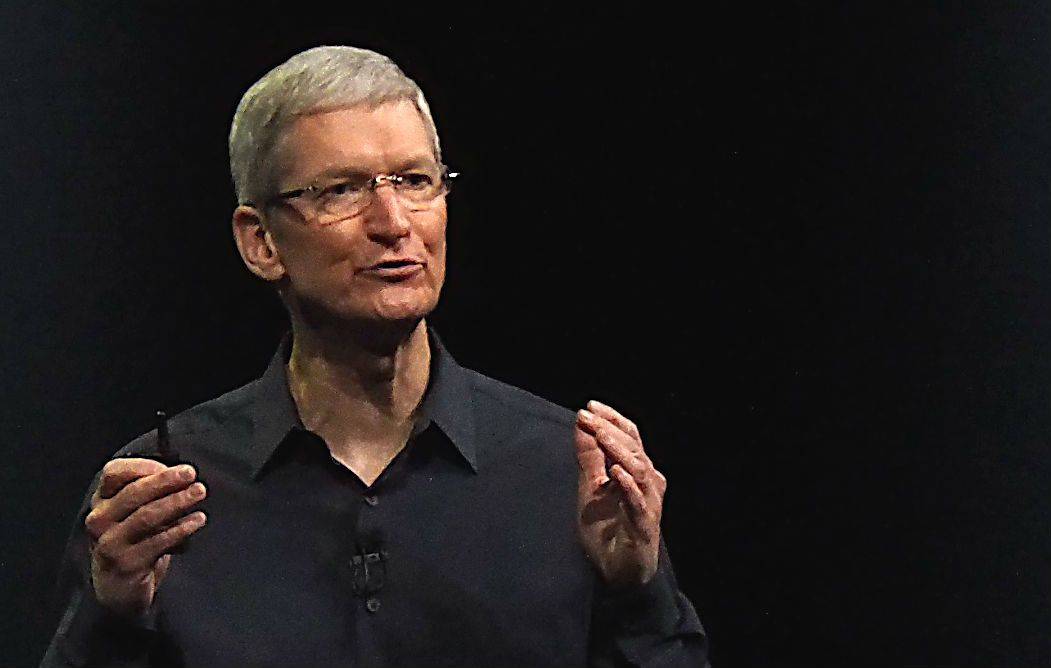Tim Cook tells how Apple avoids Microsoft-style screw-ups, how many Apple Watches the company plans to sell, and why he keeps Steve Jobs’ office exactly as he left it in a new interview filled with fascinating tidbits.
The interview in Fast Company comes in the run-up to the March 24 launch of Becoming Steve Jobs, a biography by veteran journalists Brent Schlender and Rick Tetzeli. The book is viewed by some Apple execs as a corrective following Walter Isaacson’s Steve Jobs bio, and this is Cook’s well-timed salvo in the campaign to set the record straight.
Here are the parts we found most interesting.
This post contains affiliate links. Cult of Mac may earn a commission when you use our links to buy items.
Apple’s about more than just big numbers
“There’s this thing in technology, almost a disease, where the definition of success is making the most,” Cook says. “How many clicks did you get, how many active users do you have, how many units did you sell? Everybody in technology seems to want big numbers. Steve never got carried away with that. He focused on making the best … That philosophy comes directly from him and it still very much permeates [Apple.] I hope that it always will.”
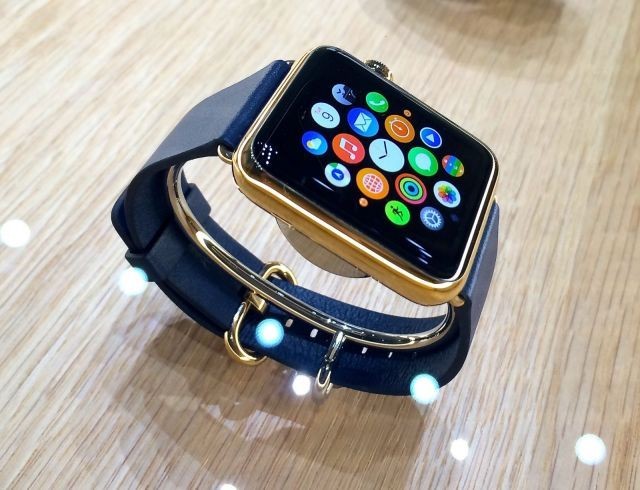
What other smartwatch makers are getting wrong
“The inputs that work for a phone, a tablet, or a Mac don’t work as well on a smaller screen,” he says. “Most of the companies who have done smartwatches haven’t thought that through, so they’re still using pinch-to-zoom and other gestures that we created for the iPhone.”
Apple hasn’t made projections for Apple Watch sales (apparently)
“On iPhone, we set an expectation,” Cook says. “We said we’d like to get 1% of the market, 10 million phones for the first year. We put that flag in the sand, and we wound up exceeding it by a bit. On the watch we haven’t set a number. The watch needs the iPhone 5, 6, or 6 Plus to work, which creates a ceiling. But I think it’s going to do well. I’m excited about it.”
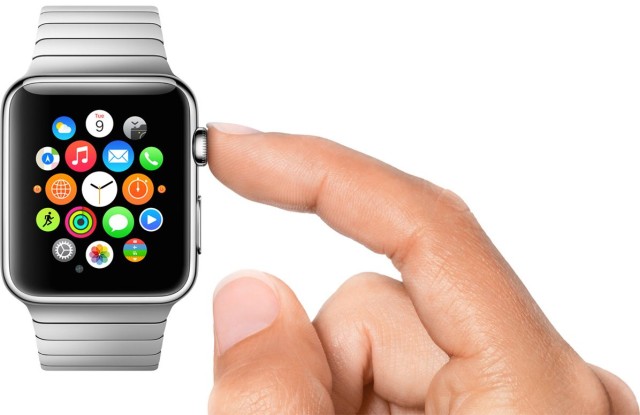
Photo: Apple
People aren’t going to realize the usefulness of the Apple Watch until they put it on
“[P]eople didn’t realize they had to have an iPod, and they really didn’t realize they had to have the iPhone,” Cook says. “And the iPad was totally panned. Critics asked, ‘Why do you need this?’ Honestly, I don’t think anything revolutionary that we have done was predicted to be a hit when released. It was only in retrospect that people could see its value. Maybe this will be received the same way.”
Steve Jobs wasn’t the crazy micromanager you think he was
“You hear these stories of him walking down a hallway and going crazy over something he sees, and yeah, those things happened,” Cook says. “But extending that story to imagine that he did everything at Apple is selling him way short. What he did more than anything was build a culture and pick a great team, that would then pick another great team, that would then pick another team, and so on … Last year, [Apple] did $200 billion worth of business. … Would the company have been able to do that if he were the micromanager that he was made out to be? Obviously not.”
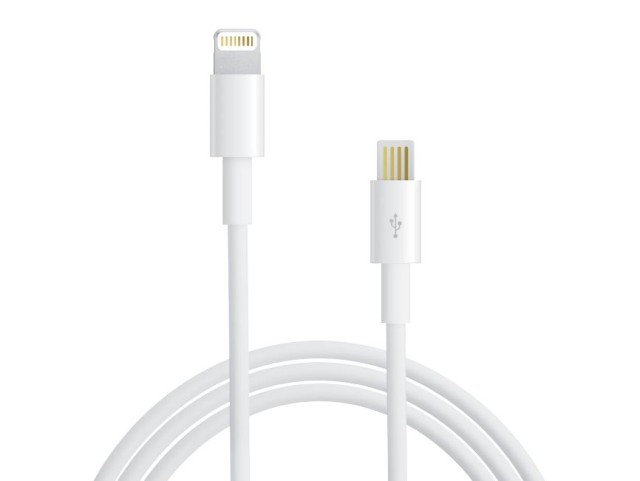
Apple realizes the importance of walking away
“Part of the reason Microsoft ran into an issue was that they didn’t want to walk away from legacy stuff,” Cook says. “Apple has always had the discipline to make the bold decision to walk away … We changed our connector, even though many people loved the 30-pin connector. Some of these things were not popular for quite a while. But you have to be willing to lose sight of the shore and go. We still do that.”
Apple’s new campus is about creating serendipity
“It’s critical that Apple do everything it can to stay informal,” Cook says. “And one of the ways that you stay informal is to be together. One of the ways that you ensure collaboration is to make sure people run into each other—not just at the meetings that are scheduled on your calendar, but all the serendipitous stuff that happens every day in the cafeteria and walking around.”
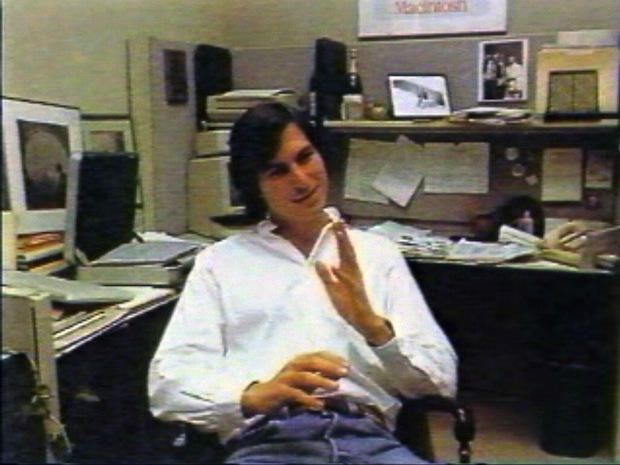
Steve Jobs’ office is still as it was at Apple
“I was in there with Laurene [Powell Jobs, Steve’s wife] the other day because there are still drawings on the board from the kids,” Cook says. “I took Eve [Steve’s daughter] in there over the summer and she saw some things that she had drawn on his light board years earlier. In the beginning I really didn’t personally want to go in there. It was just too much. Now I get a lot more appreciation out of going in there, even though I don’t go in very often … [H]is computer is still in there as it was, his desk is still in there as it was, he’s got a bunch of books in there.”
Source: Fast Company
